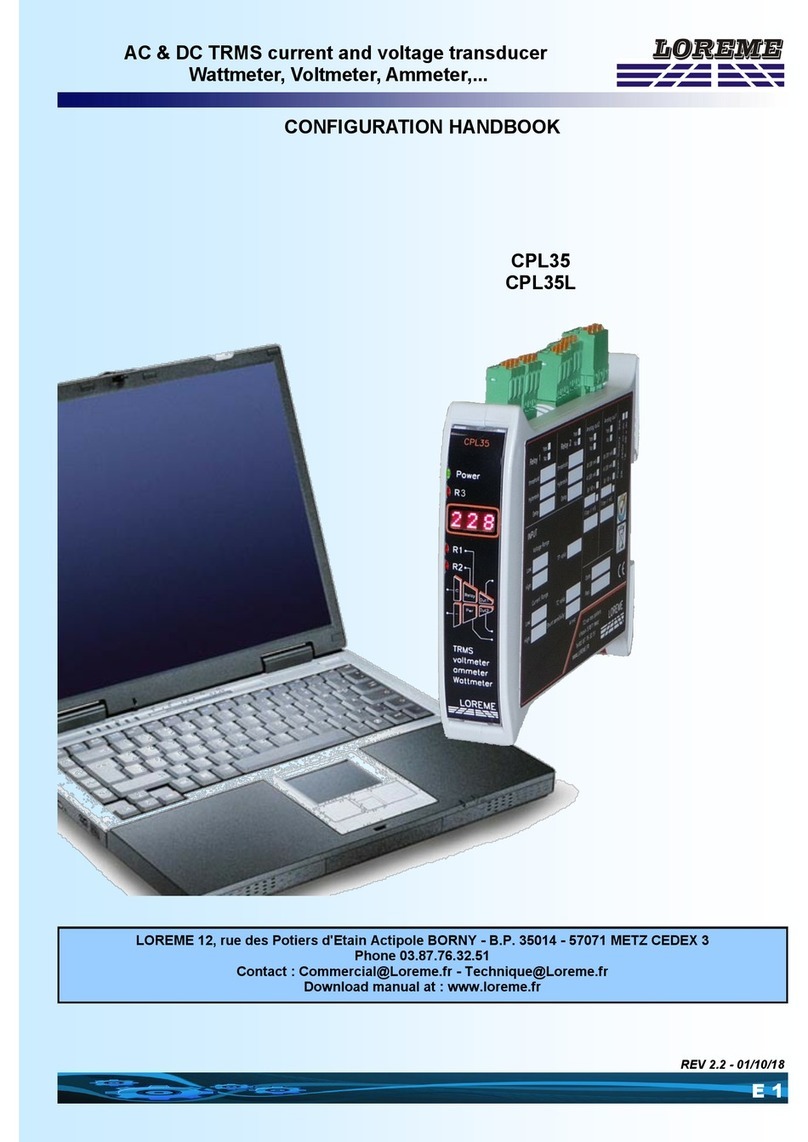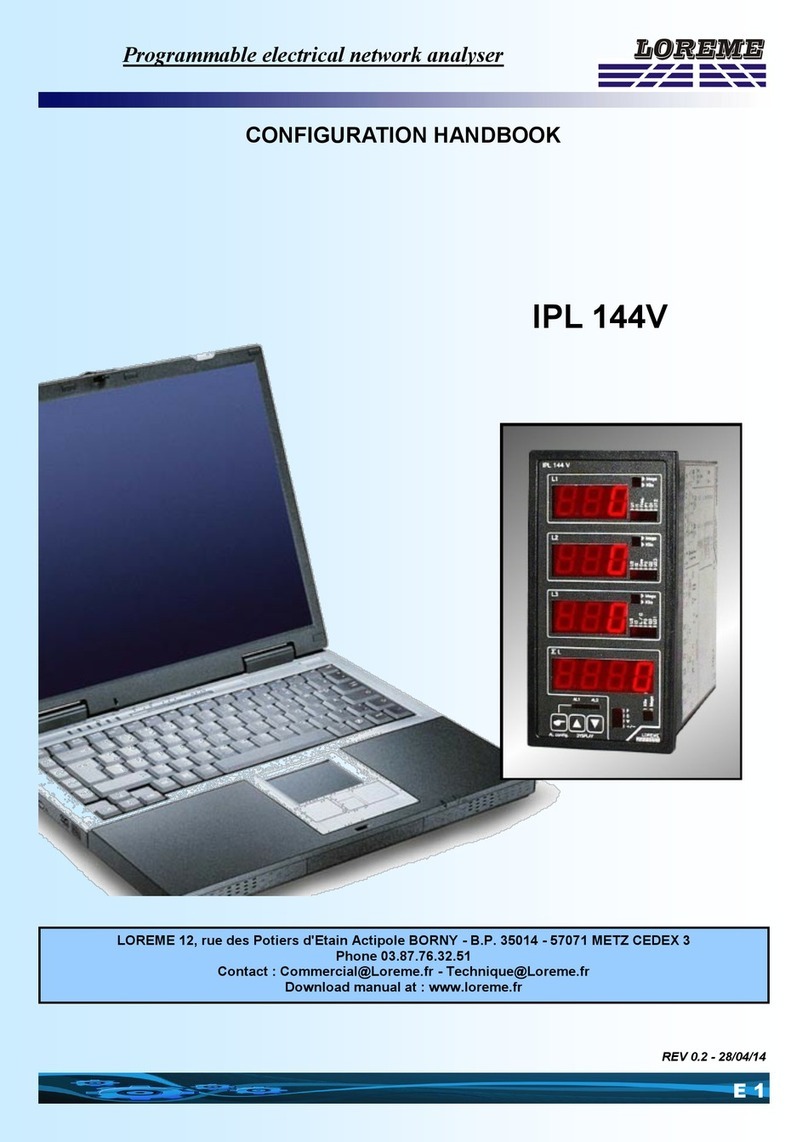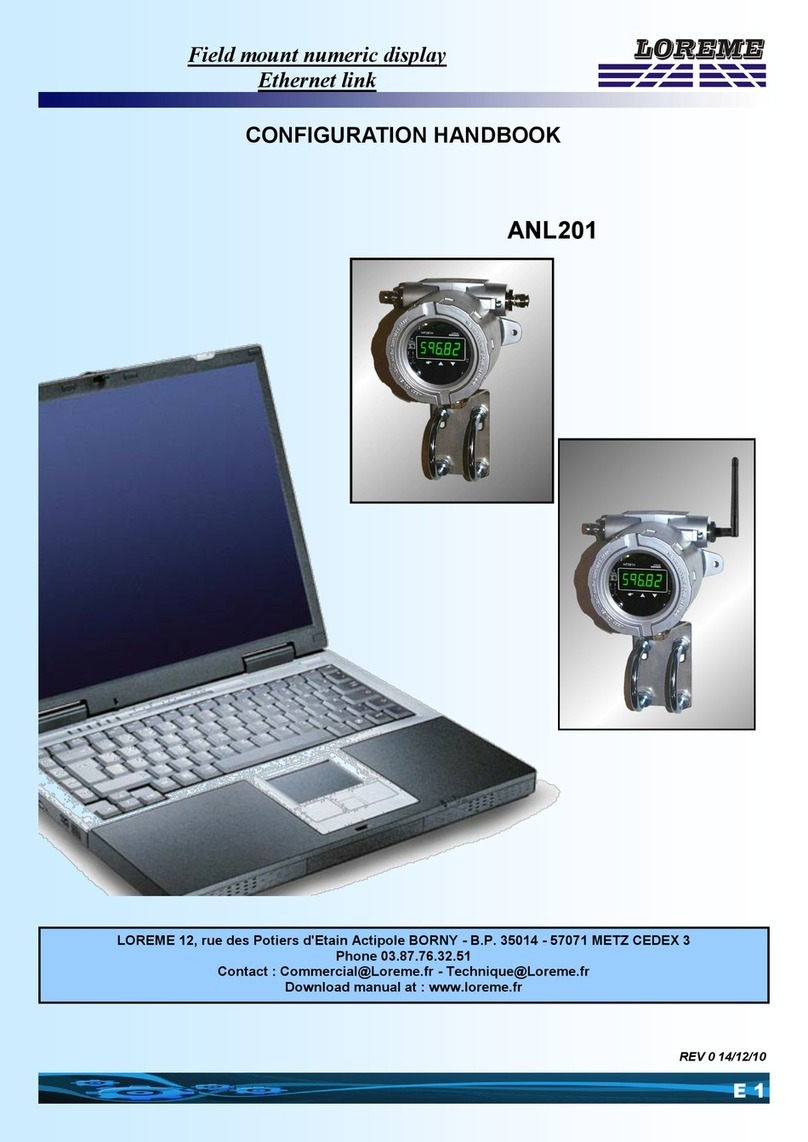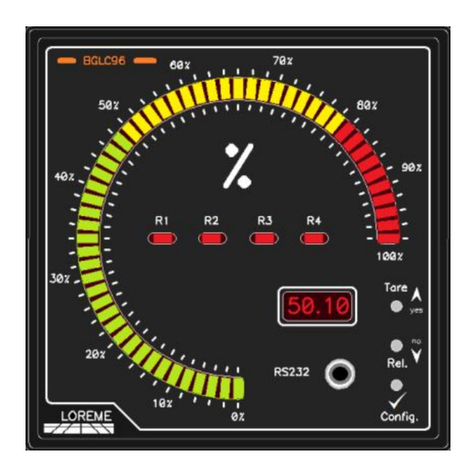Table of contents
DEVICE PRESENTATION ......................................................................................................................................... p3
1) Visualization ............................................................................................................................................... p3
2) Displayed measure changing ................................................................................................................... p3
3) Energy counter reset ................................................................................................................................. p4
4) Configuration via the front face ............................................................................................................... p4
4.1) Language configuration ............................................................................................................... p4
4.2) Inputs configuration ..................................................................................................................... p4
4.3) Network configuration ................................................................................................................. p5
4.4) Relays configuration .................................................................................................................... p5
4.5) Output configuration .................................................................................................................... p6
4.6) Communication configuration .................................................................................................... p7
4.7) Display configuration ................................................................................................................... p7
4.8) End of configuration ..................................................................................................................... p8
5) Relays threshold setting/visualization .................................................................................................... p8
RS232 LINK SETTING ............................................................................................................................................. p9
TERMINAL MODE..................................................................................................................................................... p10
1) Visualization .............................................................................................................................................. p10
2) Configuration ............................................................................................................................................ p10
2.1) Method .......................................................................................................................................... p10
2.1.1) Menu selection ................................................................................................................ p10
2.1.2) Parameter selection ....................................................................................................... p10
2.1.3) Value acquisition............................................................................................................. p10
2.2) Language ...................................................................................................................................... p11
2.3) Inputs ............................................................................................................................................ p11
2.4) Network ......................................................................................................................................... p11
2.5) Relays ........................................................................................................................................... p11
2.6) Analogical output ........................................................................................................................ p12
2.7) Communication ........................................................................................................................... p12
2.8) Display .......................................................................................................................................... p12
2.9) Special functions ......................................................................................................................... p13
2.10) End of configuration ................................................................................................................. p13
MODBUS COMMUNICATION .................................................................................................................................. p14
MODBUS TCP COMMUNICATION .......................................................................................................................... p16
WEB SERVER .......................................................................................................................................................... p19
SNMP .............................................................................................................................................................. p20
FIRMWARE UPDATE ............................................................................................................................................... p21
EMC CONSIDERATION ........................................................................................................................................... p22
1) Introduction ............................................................................................................................................... p22
2) Recommendation of use .......................................................................................................................... p22
2.1) General remarks .......................................................................................................................... p22
2.2) Power Supply ............................................................................................................................... p22
2.3) Inputs / Outputs ........................................................................................................................... p22
IPL36(L) STANDARD WIRING.................................................................................................................................. p23
IPL36(L)-Hall WIRING .............................................................................................................................................. p24































